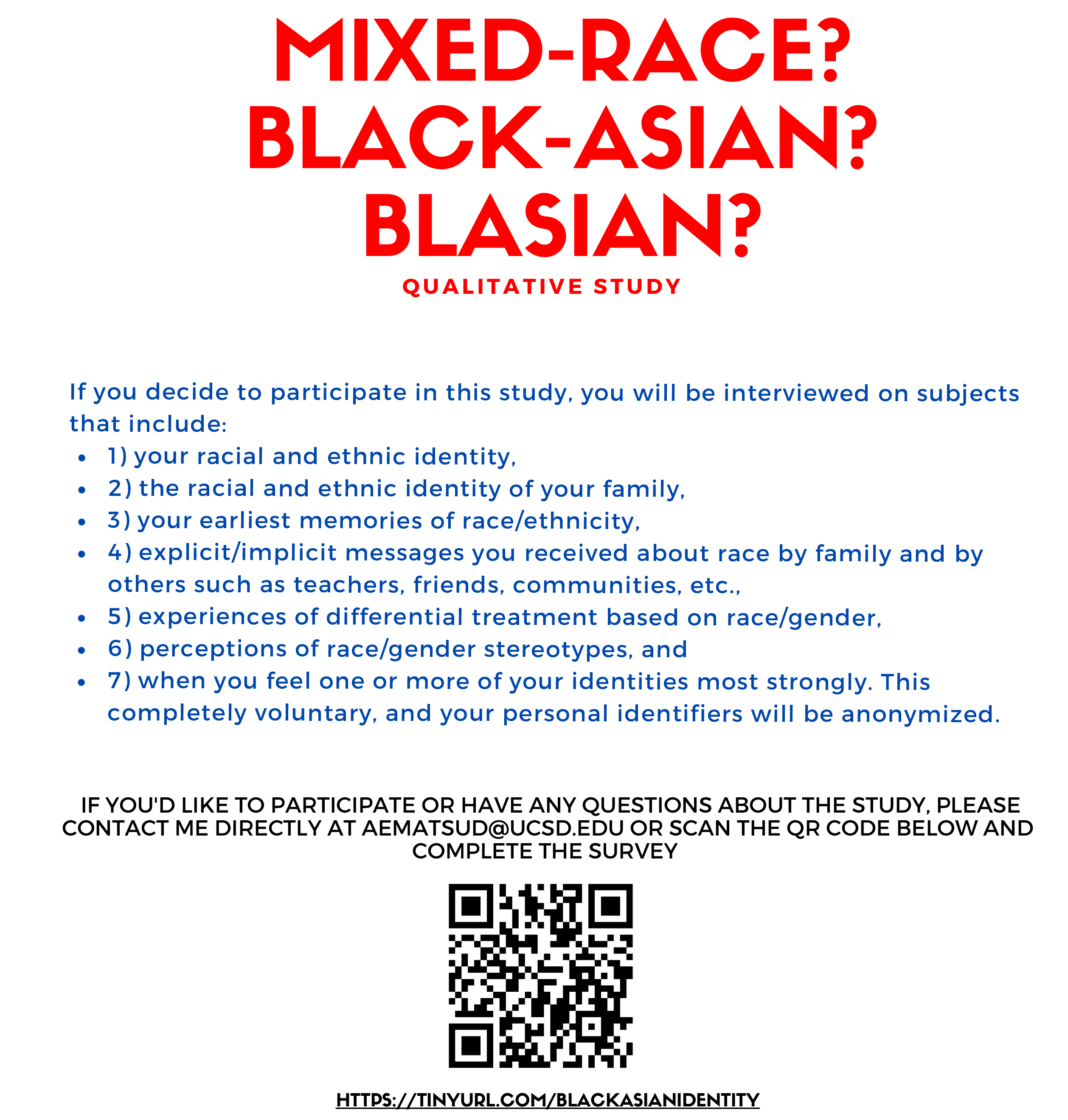Pacifically Possessed: Scientific Production and Native Hawaiian Critique of the “Almost White” Polynesian Race
University of California, San Diego
2013
320 pages
Maile Renee Arvin
A dissertation submitted in partial satisfaction of the requirements for the degree Doctor of Philosophy in Ethnic Studies
This dissertation analyzes how scientific knowledge has represented the Polynesian race as an essentially mixed, “almost white” race. Nineteenth and twentieth century scientific literature—spanning the disciplines of ethnology, physical anthropology, sociology and genetics—positioned Polynesians as the biological relatives of Caucasians. Scientific proof of this relationship allowed scientists, policymakers, and popular media to posit European and American settler colonialism in the Pacific as a peaceful and natural fulfillment of a biological destiny. Understanding knowledge as an important agent of settler colonial possession—in the political as well as supernatural, haunting connotations of that word— this project seeks to understand how Polynesians (with a particular focus on Native Hawaiians) have been bodily “possessed,” along with the political and economic possession of their lands. Thus, the project traces a logic of “possession through whiteness” in which Polynesians were once, and under the salutary influence of settler colonialism, will again be white.
The project’s analysis coheres around four figures of the “almost white” Polynesian race: the ancestrally white Polynesian of ethnology and Aryanism (1830s- 1870s), the Part-Hawaiian of physical anthropology and eugenics (1910s-1920s), the mixed-race “Hawaiian girl” of sociology (1930s-1940s), and the mixed-race, soon-to-be white (again) Polynesian of genetics, whose full acceptance in Hawaiʻi seemed to provide a model of racial harmony to the world (1950s). Rather than attempting to uncover “racist” scientific practices, the project reveals how historical scientific literature produced knowledge about the Polynesian race that remains important in how Native Hawaiians are recognized (and misrecognized) in contemporary scientific, legal and cultural spheres.
In addition to the historical analysis, the project also examines contemporary Native Hawaiian responses to the logic of possession through whiteness. These include regenerative actions that radically displace whiteness, such as contemporary relationship building between Native Hawaiians and other Pacific Islanders. At the same time, other regenerative actions attempt to reproduce Native Hawaiian-ness with a standard of racial purity modeled on whiteness, including legal fights waged over blood quantum legislation. Overall, the project provides a scientific genealogy as to how Polynesians have been recognized as “almost white,” and questions under what conditions this possessive recognition can be refused.
TABLE OF CONTENTS
- Signature Page
- Dedication
- Table of Contents
- List of Figures
- Acknowledgements
- Vita
- Abstract of the Dissertation
- Introduction
- Chapter 1: The Polynesian Problem and its Genomic Solutions
- Part 1: Defining the Polynesian Problem
- 1.1.1: From Who to Whose: Origins, Identity, and Possession of the Indigenous Pacific
- 1.1.2: Polynesia Through the Christian Lens of Degeneration
- 1.1.3: Heirlooms of the Aryan Race
- Part 2: (Un)Mapping Humanity: Genetic Sameness and Mixture in the Pacific
- 1.2.1: Genetically “Solving” the Polynesian Problem
- 1.2.2: The Hawaiian Genome Project
- Chapter 2: “Still in the Blood”: Past and Present Configurations of the “Part-Hawaiian”
- Part 1: Eugenic Thinking About Native Hawaiian Betterment
- 2.1.1: Eugenics Pedagogy in Hawaiʻi: Uldrick Thompson’s Hopes for the Hawaiian “Remnant”
- 2.1.2: Sullivan’s “Two Types” of Polynesians
- Part 2: Leveraging Blood and Whiteness
- 2.2.1: Polynesian Blood and the Pre-requisite of Whiteness
- 2.2.2: Calling the Law on “Native Hawaiians with a Capital N”
- Chapter 3: Re-envisioning “Hybrid” and “Hapa”: Race, Gender and Indigeneity in Hawaiʻi as Racial Laboratory
- Part 1: Hybrid Hawaiian Types: Native Hawaiian Women in Hawaiʻiʻs Racial Laboratory
- 3.1.1: The Racial Laboratory of Romanzo Adams and the Chicago School of Sociology
- 3.1.2: Hybrid Hawaiian Girls
- Part 2: Hapa and Whole
- 3.2.1: Kip Fulbeck’s Vision of Hapa as a “Whole” New Race
- 3.2.2: Re-constellations of Asian Settlers, Haoles Settlers, and Native Hawaiians
- Chapter 4: Beyond Recognition: Native Hawaiians, Human Rights, and Global Indigenous Identities
- Part 1: Polynesia and Hawaiʻi in the Science of Race After World World II
- 4.1.1: The Polynesian Problem as Anti-Racist Example
- 4.1.2: “Tropical Democracy” and the Science of Stabilizing Mixed Race
- Part 2: Reframing Recognition: Indigenous Rights and Relationships in Oceania and Beyond
- 4.2.1: Polynesian / Pacific / Pacific Islander
- 4.2.2: Indigenous / Non-Self-Governing Territory
- 4.2.3: Native American / Alaska Native / Idle No More
- Conclusion
- Bibliography
Read the entire dissertation here.
